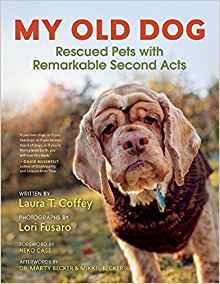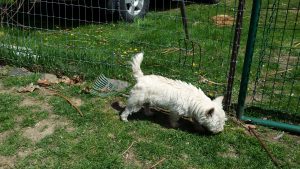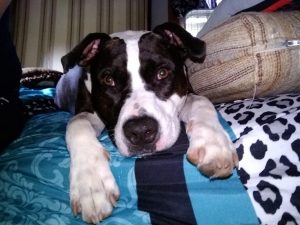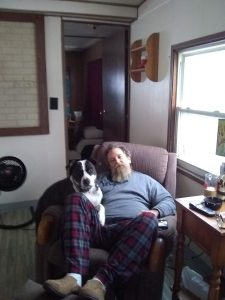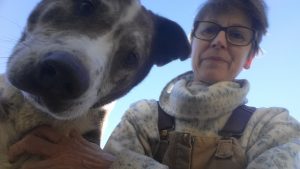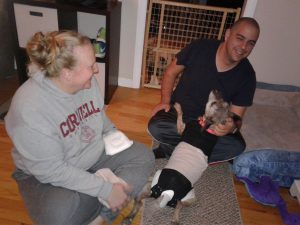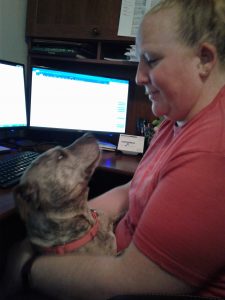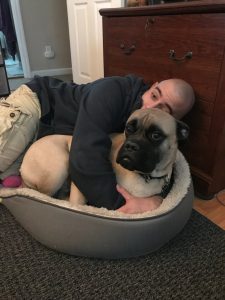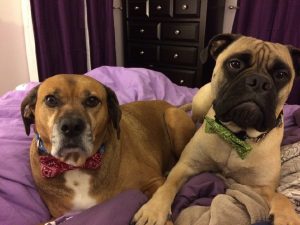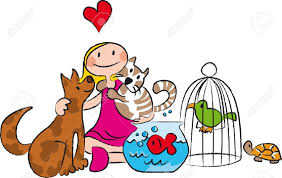Police: Two arrested in Bethlehem for animal abuse. Horses found allegedly mistreated and malnourished.
By Spotlight Staff
Monday, November 11, 2013 -3:57 p.m.
Bethlehem Police Department executed a search warrant at 80 Waldenmaier Road on Monday, Nov. 11 as a result of a multi-week investigation into complaints of animal cruelty and neglect of horses.
Police said upon arrival to Stone Brook Farms, 33 horses were found on the property. After an investigation, some horses were allegedly found to be in various stages of neglect and malnourishment. Others were allegedly found to be without water. All horses were examined by licensed veterinarians and as a result of the examinations eight horses were seized to undergo further evaluation, treatment, and care. Police said the seized horses will be stored at another location until further ordered by the Town of Bethlehem Court.
As a result of this investigation, Karen A. Burrows, 49, and William J. Trianni, 25, both of 80 Waldenmaier Road, were arrested and charged with eight counts of failure to provide sustenance, a Class A misdemeanor under the New York State Agriculture and Markets Law. Both subjects were released on appearance tickets and are due to return to the Town of Bethlehem Court on December 3 at 4 p.m.
Volunteers from TASP were called to the scene to help police and the horses.


